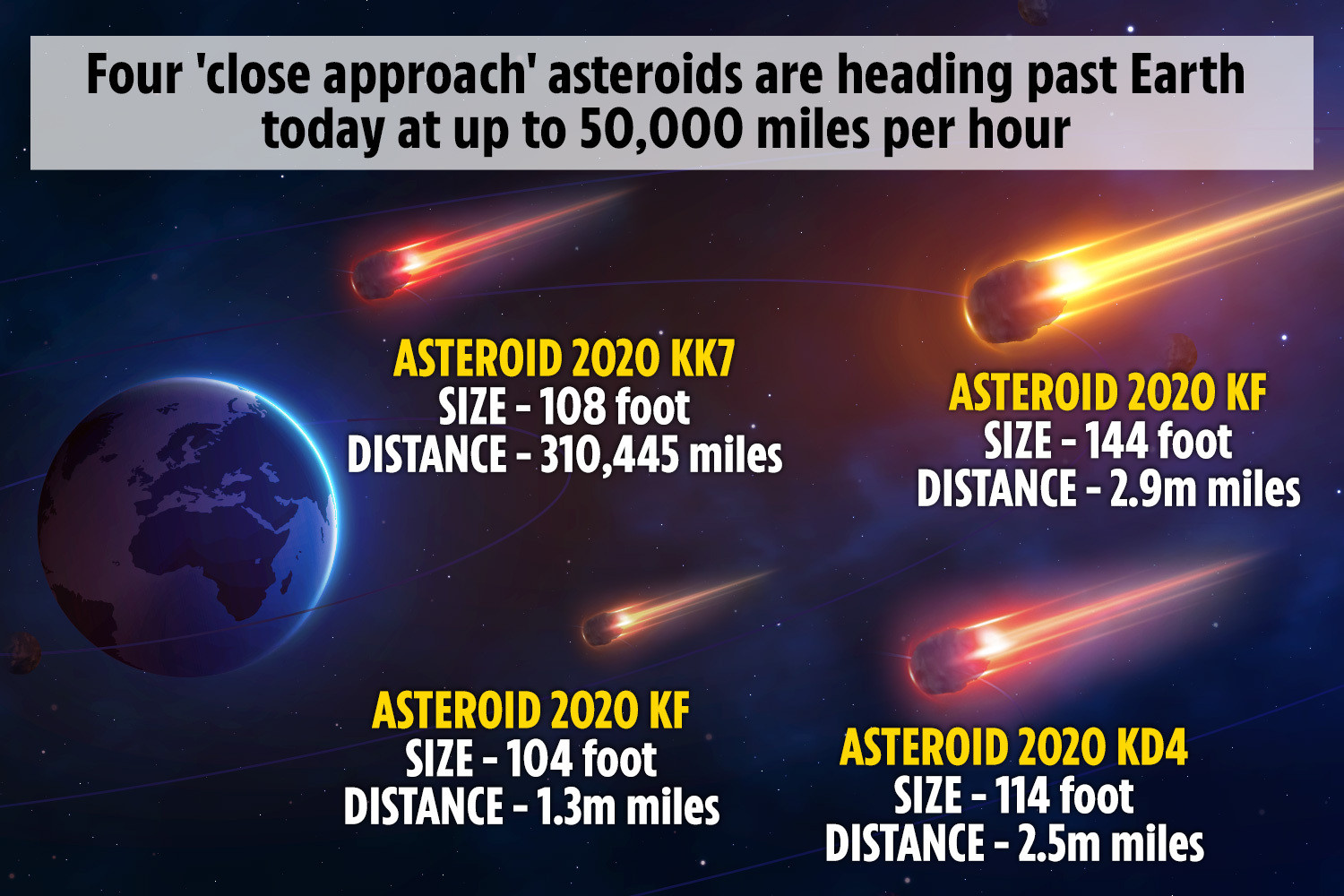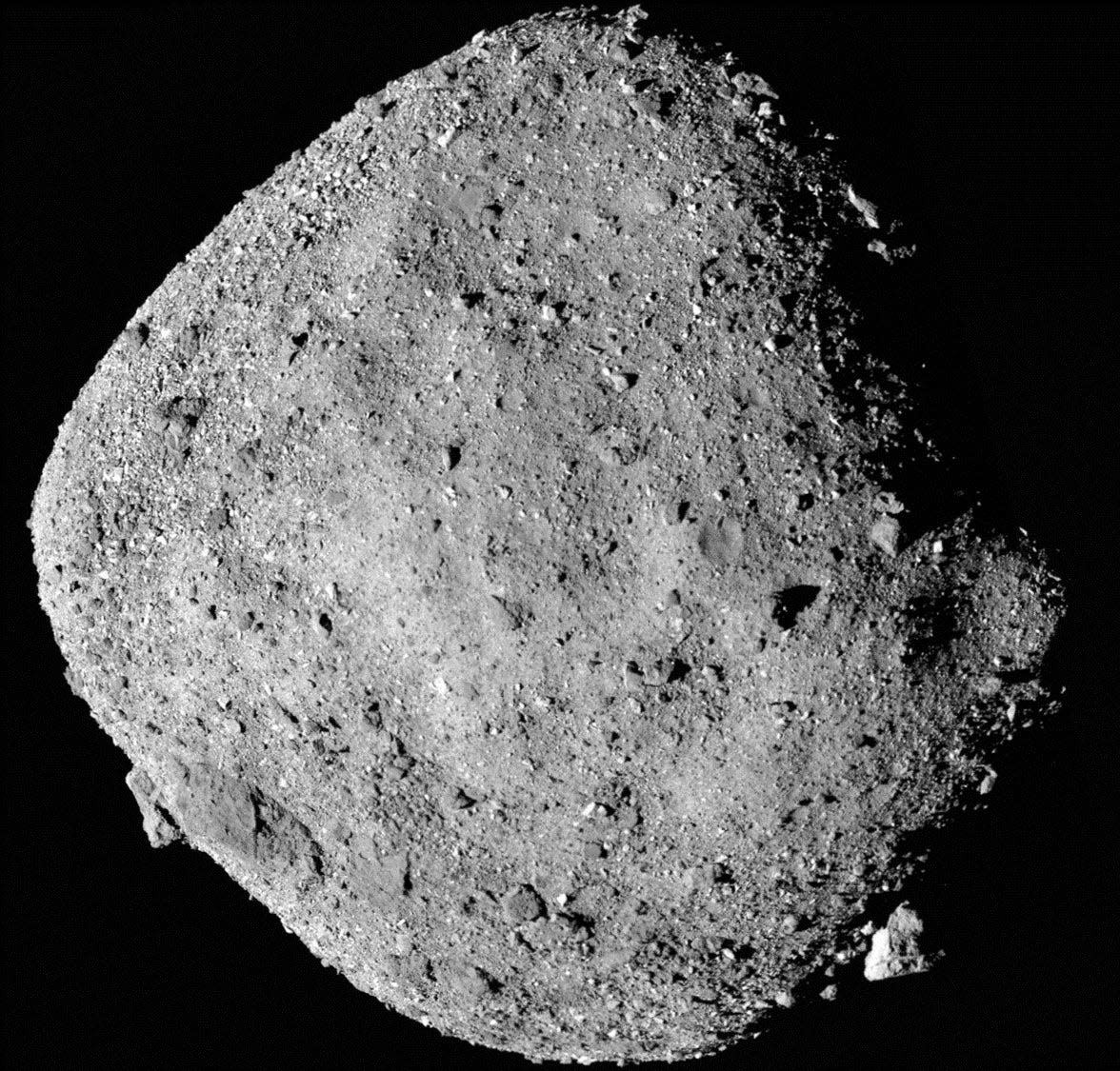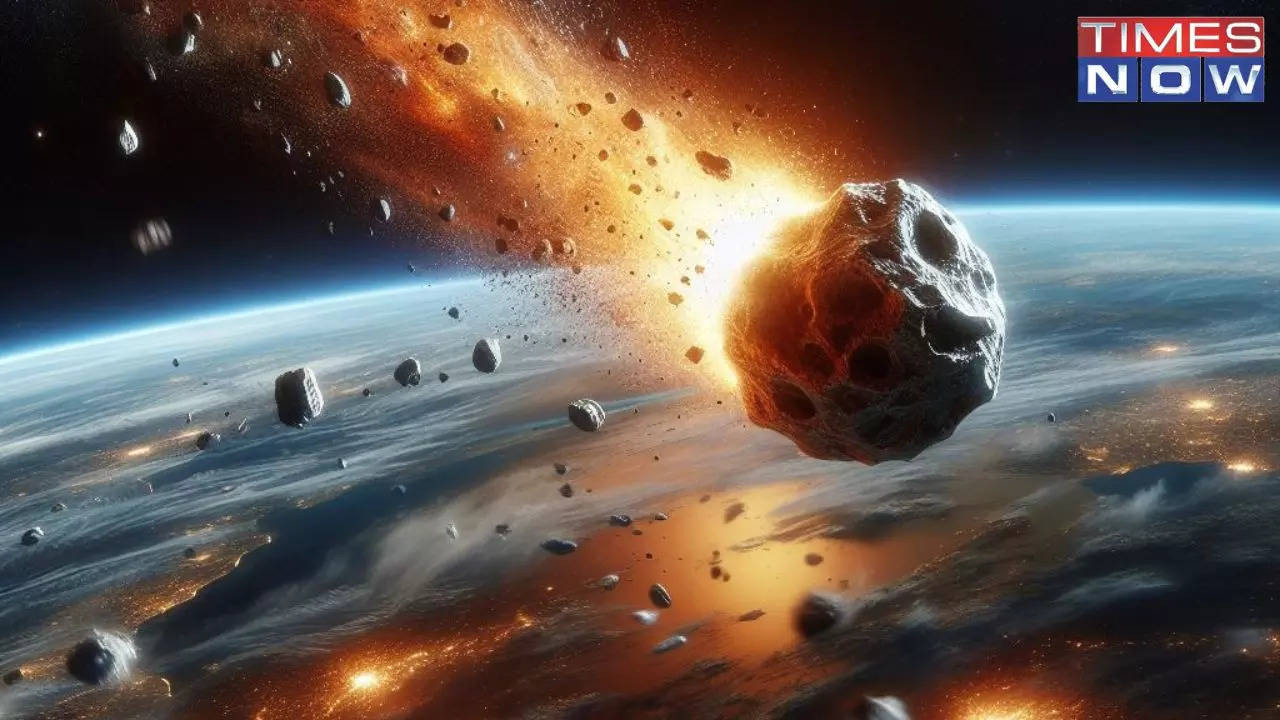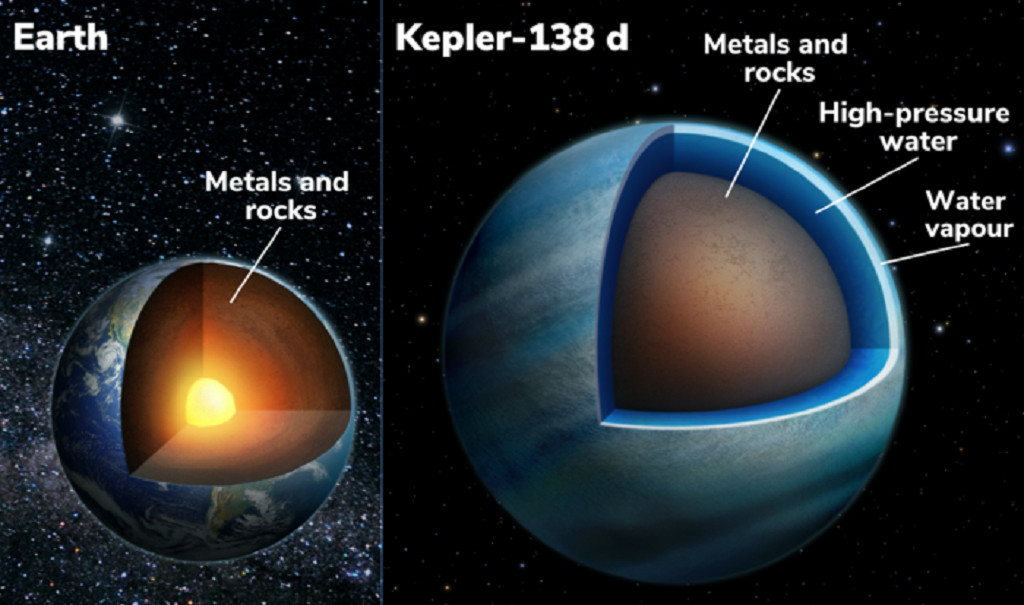Asteroid 2024 YR4: A Closer Look at the 2032 Impact Probability
The space rock, 2024 YR4, has recently climbed to the top of astronomers' threat lists. Initially detected in December 2024, this near-Earth asteroid, estimated to be between 130 and 330 feet wide, has a calculated 2.3 percent chance of impacting Earth on December 22, 2032. While this represents a slight increase from previous estimations and may seem alarming, leading experts emphasize that there is still no cause for widespread panic.
Understanding the Increased Odds
The seemingly doubled odds—from a 1-in-83 chance to a 1-in-43 chance of impact—are partly due to the way probabilities are presented. While the raw number has increased, the percentage chance of a miss remains high at 97.7%. This increase reflects the evolving understanding of the asteroid's orbit, rather than a sudden surge in imminent threat. Asteroid hunter David Rankin, who first identified 2024 YR4 in archival data, points out that these initial uncertainties are common with newly discovered asteroids. These are further refined as more observations are collected.
The Line of Variation
Rankin explains the uncertainty using an insightful analogy: imagine a long stick. A slight movement at one end results in a significant change at the other. For 2024 YR4, the “stick” is the asteroid's orbital path, and the “slight movement” represents the small uncertainties in positional measurements from telescope images. These small errors accumulate over the vast distances involved, leading to uncertainty in its precise trajectory.
Refining the Orbit
Currently, the asteroid's orbital plane is well-understood, but its position along that plane is less certain. Rankin highlights that this uncertainty decreases as more observational data is gathered. 2024 YR4 is currently outbound and difficult to observe, but astronomers are actively tracking it using powerful 8-meter telescopes. They are also searching archival data from 2016, when the asteroid was last visible. This added information will significantly refine its orbit, ultimately reducing the uncertainty.
The Size and Potential Impact
The size of 2024 YR4, estimated to be around 300 feet wide, is comparable to the asteroid that caused the 1908 Tunguska event in Siberia. That event flattened 800 square miles of remote forest, demonstrating the potential for significant, localized damage should a similar impact occur over a populated area. However, it's crucial to remember that 2024 YR4 is not a planet-killer; the impact risk is categorized as a “close encounter” on the Torino Impact Hazard Scale, with a low likelihood of causing widespread devastation.
The Path Forward: Observation and Mitigation
Scientists are continuing to closely monitor 2024 YR4 throughout 2025, leveraging the power of 8-meter telescopes for enhanced observation. Further observations will be possible in 2028, providing another opportunity to refine the asteroid's trajectory and reduce any lingering uncertainty. The fact that the asteroid is currently moving away from Earth does not diminish the importance of continued monitoring, and future observations will drastically improve the accuracy of prediction models. The use of archival data from 2016 also offers a crucial resource for confirming the asteroid's trajectory, and potentially ruling out a 2032 impact.
A Calculated Risk, Not a Cause for Panic
While the slightly increased odds of an impact may seem concerning, the overwhelming likelihood remains that 2024 YR4 will miss Earth. This situation highlights the ongoing efforts in planetary defense, underscoring the importance of continued asteroid monitoring and the development of deflection techniques. NASA's DART mission demonstrated a successful method for nudging an asteroid off course. While current technology might not be able to completely deflect a large asteroid like 2024 YR4 with short notice, mitigation efforts could effectively minimize potential damage and protect lives should a catastrophic event ever become imminent.
The ongoing research surrounding 2024 YR4 exemplifies both the challenges and advancements in planetary defense, demonstrating a level of preparedness and vigilance that continues to adapt and improve, reducing the risks posed by near-Earth objects. It is this work, and future endeavors, which continue to inform our understanding of our solar system, and our place within it.

















